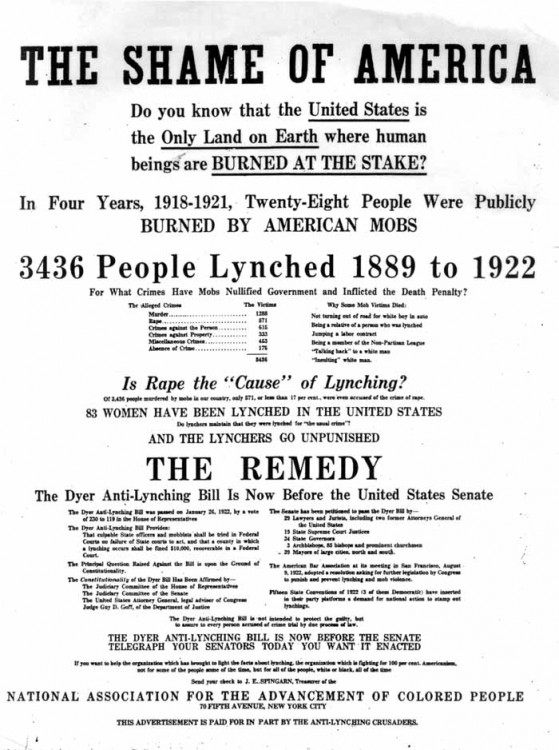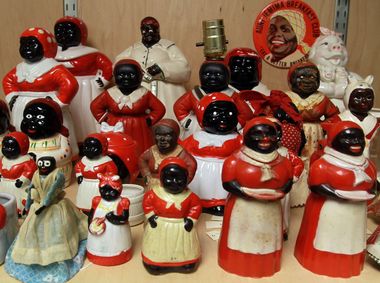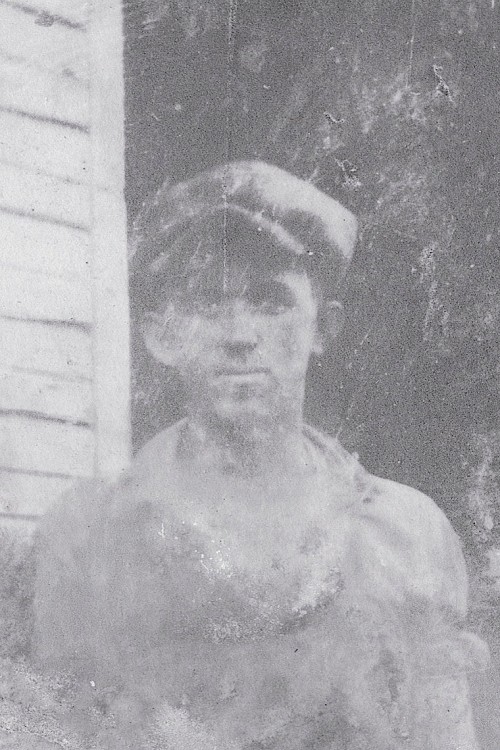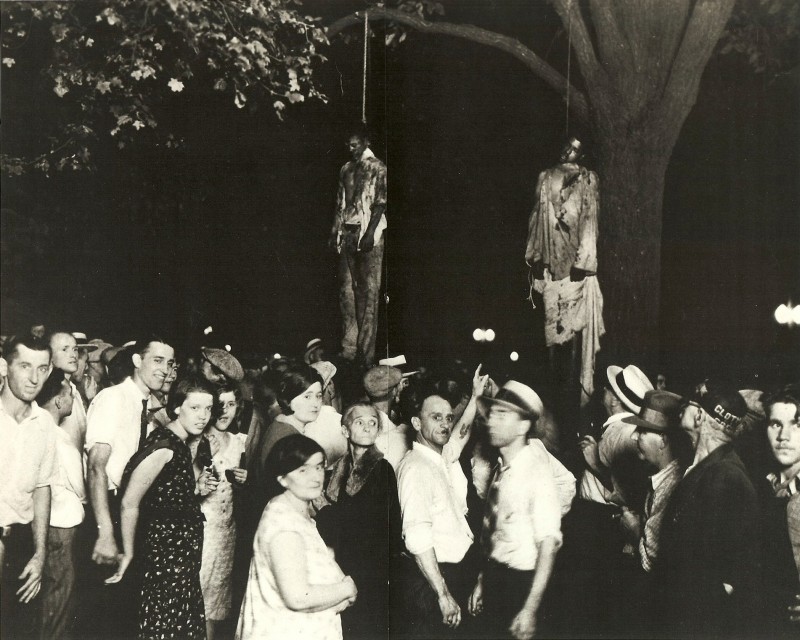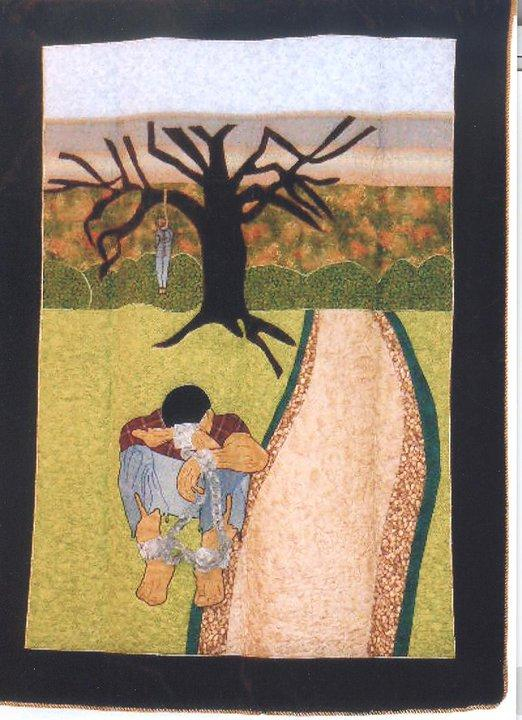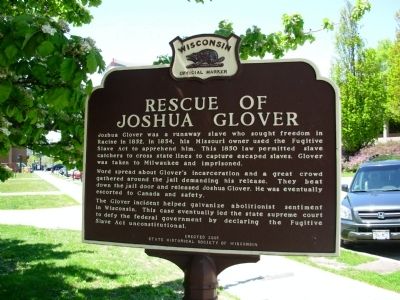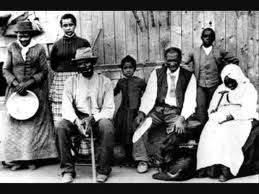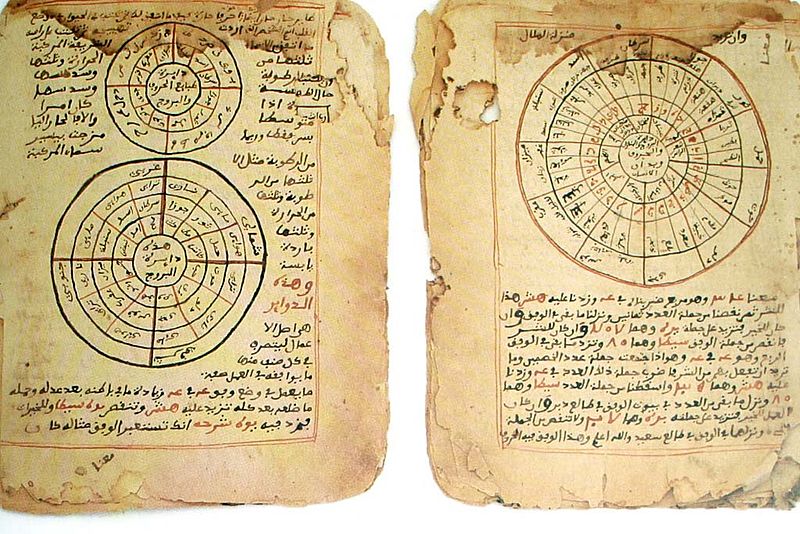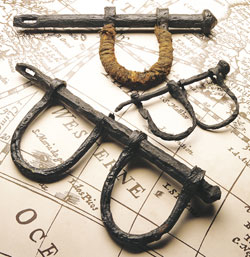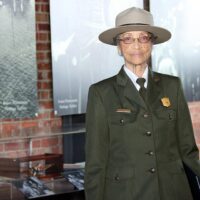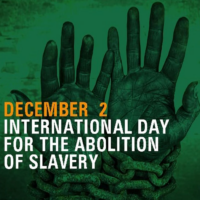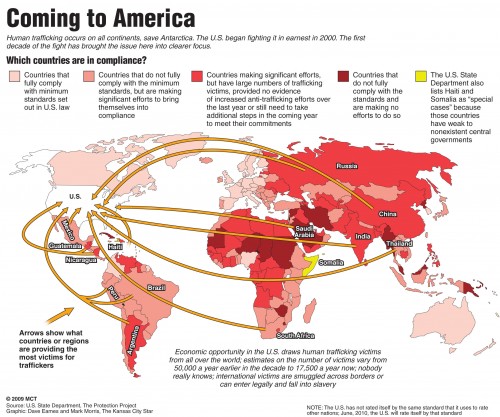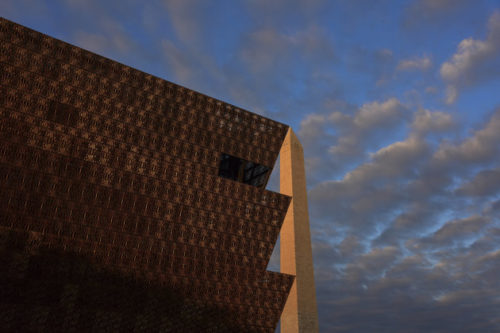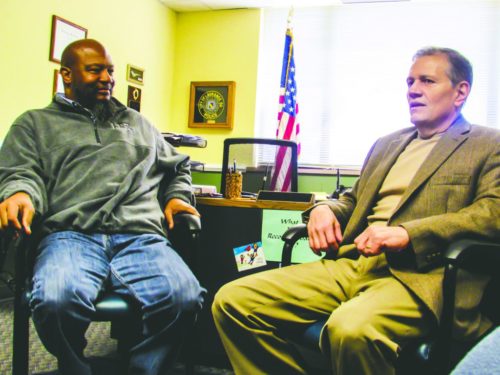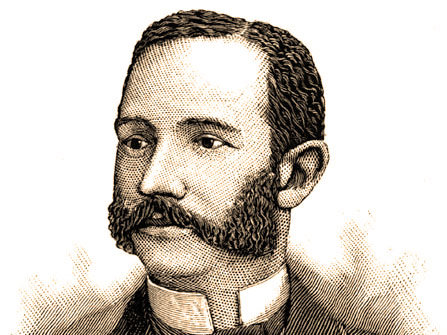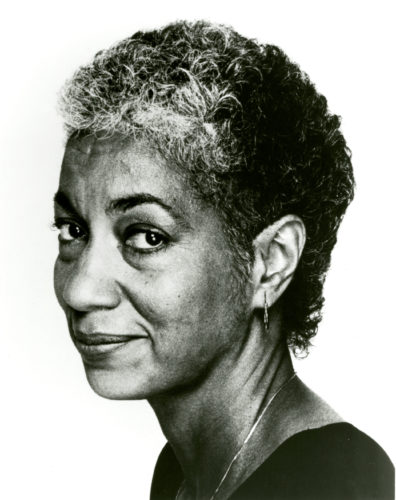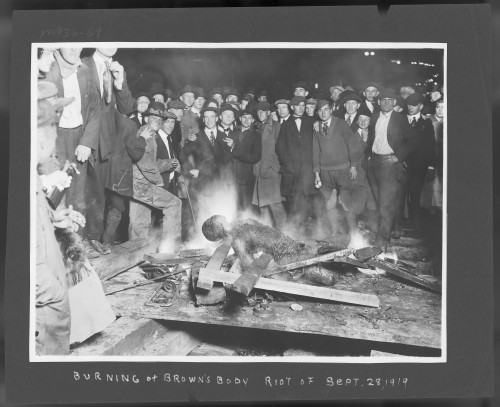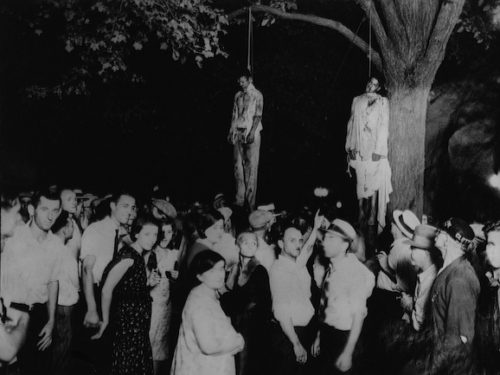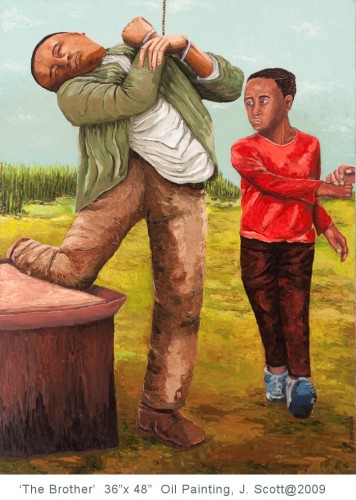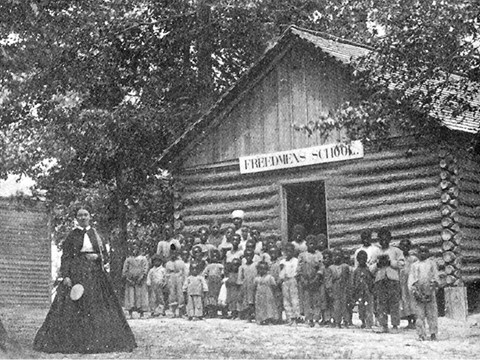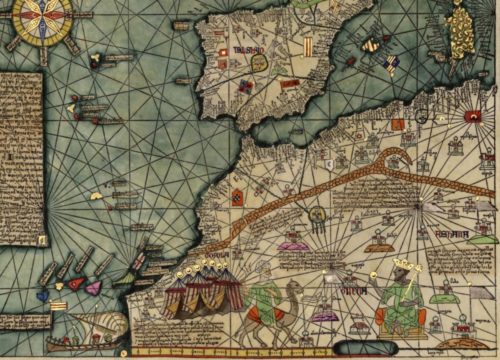Remembrance
Explore Our Online Exhibits
Breaking News
Worldwide Community Events
Week 4
- Sun 30
- Mon 1
- Tue 2
- Wed 3
- Thu 4
- Fri 5
- Sat 6
- Sun 7
- Mon 8
- Tue 9
- Wed 10
- Thu 11
- Fri 12
- Sat 13
- Sun 14
- Mon 15
- Tue 16
- Wed 17
- Thu 18
- Fri 19
- Sat 20
- Sun 21
- Mon 22
- Tue 23
- Wed 24
- Thu 25
- Fri 26
- Sat 27
- Sun 28
- Mon 29
- Tue 30
- Wed 31
- Thu 1
- Fri 2
- Sat 3
-
30November30November
 8:00 AM - 12:00 AM
8:00 AM - 12:00 AMSailing to Freedom: Maritime Dimensions of the Underground Railroad
Chesapeake Bay Maritime Museum -
01December01December
 All Day
All DaySailing to Freedom: Maritime Dimensions of the Underground Railroad
Chesapeake Bay Maritime Museum01December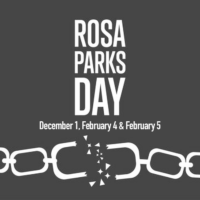
-
02December02December
 All Day
All DaySailing to Freedom: Maritime Dimensions of the Underground Railroad
Chesapeake Bay Maritime Museum02December -
03December03December
 All Day
All DaySailing to Freedom: Maritime Dimensions of the Underground Railroad
Chesapeake Bay Maritime Museum03December
ABHM Discounted Tours
ABHM in Milwaukee, WI -
04December04December
 All Day
All DaySailing to Freedom: Maritime Dimensions of the Underground Railroad
Chesapeake Bay Maritime Museum -
05December05December
 All Day
All DaySailing to Freedom: Maritime Dimensions of the Underground Railroad
Chesapeake Bay Maritime Museum -
06December06December
 All Day
All DaySailing to Freedom: Maritime Dimensions of the Underground Railroad
Chesapeake Bay Maritime Museum -
07December07December
 All Day
All DaySailing to Freedom: Maritime Dimensions of the Underground Railroad
Chesapeake Bay Maritime Museum07December -
08December08December
 All Day
All DaySailing to Freedom: Maritime Dimensions of the Underground Railroad
Chesapeake Bay Maritime Museum -
09December09December
 All Day
All DaySailing to Freedom: Maritime Dimensions of the Underground Railroad
Chesapeake Bay Maritime Museum -
10December10December
 All Day
All DaySailing to Freedom: Maritime Dimensions of the Underground Railroad
Chesapeake Bay Maritime Museum10December
ABHM Discounted Tours
ABHM in Milwaukee, WI -
11December11December
 All Day
All DaySailing to Freedom: Maritime Dimensions of the Underground Railroad
Chesapeake Bay Maritime Museum11December
Copy of Black Nativity by Langston Hughes
Wilson Theater at Vogel Hall, Marcus Center -
12December12December
 All Day
All DaySailing to Freedom: Maritime Dimensions of the Underground Railroad
Chesapeake Bay Maritime Museum12December
Copy of Black Nativity by Langston Hughes
Wilson Theater at Vogel Hall, Marcus Center -
13December13December
 All Day
All DaySailing to Freedom: Maritime Dimensions of the Underground Railroad
Chesapeake Bay Maritime Museum13December
Copy of Black Nativity by Langston Hughes
Wilson Theater at Vogel Hall, Marcus Center -
14December14December
 All Day
All DaySailing to Freedom: Maritime Dimensions of the Underground Railroad
Chesapeake Bay Maritime Museum14December
Copy of Black Nativity by Langston Hughes
Wilson Theater at Vogel Hall, Marcus Center -
15December15December
 All Day
All DaySailing to Freedom: Maritime Dimensions of the Underground Railroad
Chesapeake Bay Maritime Museum -
16December16December
 All Day
All DaySailing to Freedom: Maritime Dimensions of the Underground Railroad
Chesapeake Bay Maritime Museum -
17December17December
 All Day
All DaySailing to Freedom: Maritime Dimensions of the Underground Railroad
Chesapeake Bay Maritime Museum17December
ABHM Discounted Tours
ABHM in Milwaukee, WI17December 17December
17December
-
18December18December
 All Day
All DaySailing to Freedom: Maritime Dimensions of the Underground Railroad
Chesapeake Bay Maritime Museum -
19December19December
 All Day
All DaySailing to Freedom: Maritime Dimensions of the Underground Railroad
Chesapeake Bay Maritime Museum -
20December20December
 All Day
All DaySailing to Freedom: Maritime Dimensions of the Underground Railroad
Chesapeake Bay Maritime Museum20December
-
21December21December
 All Day
All DaySailing to Freedom: Maritime Dimensions of the Underground Railroad
Chesapeake Bay Maritime Museum -
22December22December
 All Day
All DaySailing to Freedom: Maritime Dimensions of the Underground Railroad
Chesapeake Bay Maritime Museum -
23December23December
 All Day
All DaySailing to Freedom: Maritime Dimensions of the Underground Railroad
Chesapeake Bay Maritime Museum -
24December24December
 All Day
All DaySailing to Freedom: Maritime Dimensions of the Underground Railroad
Chesapeake Bay Maritime Museum24December
ABHM Discounted Tours
ABHM in Milwaukee, WI -
25December25December
 All Day
All DaySailing to Freedom: Maritime Dimensions of the Underground Railroad
Chesapeake Bay Maritime Museum -
26December26December
 All Day
All DaySailing to Freedom: Maritime Dimensions of the Underground Railroad
Chesapeake Bay Maritime Museum26December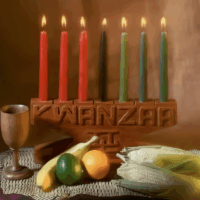 6:00 PM
6:00 PMKwanzaa 2025: Opening Ceremonies & WI Black Chamber of Commerce Events
Wisconsin Black Historical Society in MKE -
27December27December
 All Day
All DaySailing to Freedom: Maritime Dimensions of the Underground Railroad
Chesapeake Bay Maritime Museum27December All Day
All DayKwanzaa 2025: Opening Ceremonies & WI Black Chamber of Commerce Events
Wisconsin Black Historical Society in MKE -
28December28December
 All Day
All DaySailing to Freedom: Maritime Dimensions of the Underground Railroad
Chesapeake Bay Maritime Museum28December
AfroFuture Ghana 2025
Accra, Ghana28December 28December
28December All Day
All DayKwanzaa 2025: Opening Ceremonies & WI Black Chamber of Commerce Events
Wisconsin Black Historical Society in MKE -
29December29December
 All Day
All DaySailing to Freedom: Maritime Dimensions of the Underground Railroad
Chesapeake Bay Maritime Museum29December
AfroFuture Ghana 2025
Accra, Ghana29December All Day
All DayKwanzaa 2025: Opening Ceremonies & WI Black Chamber of Commerce Events
Wisconsin Black Historical Society in MKE -
30December30December
 All Day
All DaySailing to Freedom: Maritime Dimensions of the Underground Railroad
Chesapeake Bay Maritime Museum30December All Day
All DayKwanzaa 2025: Opening Ceremonies & WI Black Chamber of Commerce Events
Wisconsin Black Historical Society in MKE -
31December31December
 All Day
All DaySailing to Freedom: Maritime Dimensions of the Underground Railroad
Chesapeake Bay Maritime Museum31December
ABHM Discounted Tours
ABHM in Milwaukee, WI31December All Day
All DayKwanzaa 2025: Opening Ceremonies & WI Black Chamber of Commerce Events
Wisconsin Black Historical Society in MKE -
01January01January
 12:00 AM - 6:00 PM
12:00 AM - 6:00 PMSailing to Freedom: Maritime Dimensions of the Underground Railroad
Chesapeake Bay Maritime Museum01January 12:00 AM
12:00 AMKwanzaa 2025: Opening Ceremonies & WI Black Chamber of Commerce Events
Wisconsin Black Historical Society in MKE
Share
"Remembrance" is one of America's Black Holocaust Museum's four themes, which serve as pillars in our virtual museum.
In every gallery, we remember important historical events and people who have played a role in civil rights or otherwise impacted the lives of Black Americans and others in the African diaspora. Some of these are well-known, but most are not. The stories told in most of ABHvM's exhibits have been left out of our history books or been told incompletely.
You will also notice how this theme appears in some events and breaking news articles, especially as new history comes to light or society finally treats certain subjects with respect.
Learn about the significant complicity of the northern states in the slave trade and slaveholding in the history of slavery in the United States. Many northern industries and business were dependent on slave labor in both the North and South. Northern consumers were dependent on the products of this slave labor for food, clothing, and amenities like rum and sugar.
Read More About This TopicBlack history has finally taking its rightful place within the Smithsonian Institution with the National Museum of African American History and Culture’s grand opening in September 2016. Discover the 100-year history of the project, take a virtual tour, watch the full dedication ceremony and video interviews.
Read More About This TopicThe police chief of Lagrange, Georgia, along with the city’s mayor and the white business community, issued an apology to the Callaway family and the NAACP for the 1940 lynching of teenaged Austin Callaway. A commemorative ceremony and memorial plaque will be placed to honor Callaway and other victims of lynchings in the county.
Read More About This TopicMany Milwaukeeans are familiar with the 1854 abolitionist rescue of Joshua Glover, an African American who escaped slavery and found sanctuary in Wisconsin. Far fewer know about the horrific racial lynching of George Marshall Clark, a free black man, that happened only seven years later in Milwaukee. What was their story, and how have we remembered these two men?
Read More About This TopicThis exhibit features a video along with many links to resources that can help you better understand the phenomenon of lynchings. The video give a brief but very complete explanation of how and why racial terror lynchings took place and how they set the stage for current racial injustices.
Read More About This TopicLaunched online in December 2011, this is, we believe, the first memorial to remember the many victims of lynching in the United States. Here we gather their life stories, say their names, and note where and when these thousands of men, women and children were terrorized and murdered.
Read More About This TopicThis series of six paintings and three collages is the response of Chicago artist Jennifer Scott to souvenir lynching postcards. She thought about what she did not see in the postcards: the family members left behind to take down the victim, to mourn and bury the remains-if there was enough to bury.
Read More About This TopicMillions of freed Black Americans built their own communities across the South post-Civil War. They worked to establish a life of freedom and prosperity for themselves and future generations. Schooling, church, and family were important pillars of community-building. They meant to enjoy their freedom to live with family, unite in marriage, raise children, worship in the open, and educate the next generation.
Read More About This TopicThese West African empires controlled more wealth and conducted more global trade than did any European power during their time in history. They also left lasting, influential contributions to the world’s knowledge base, art, culture, and religion.
Read More About This Topic- « Previous
- 1
- 2
- 3
- 4
- Next »
